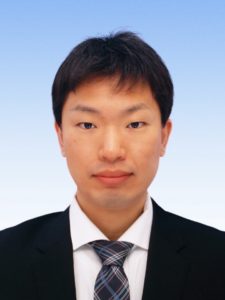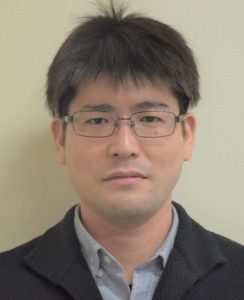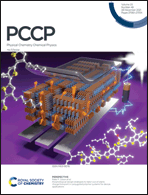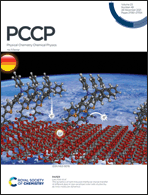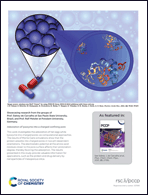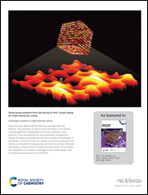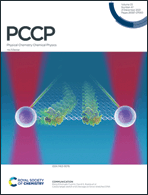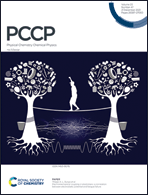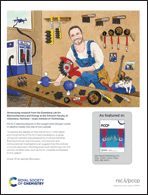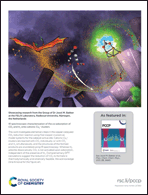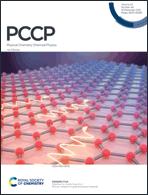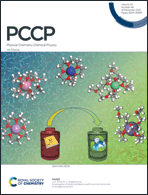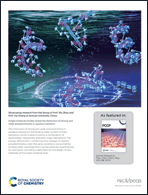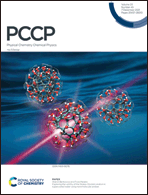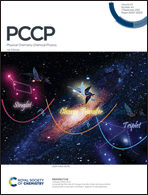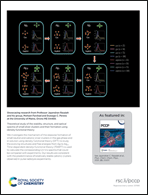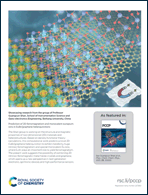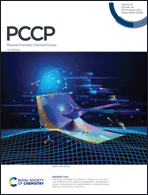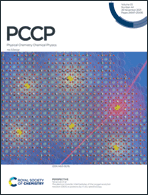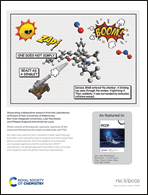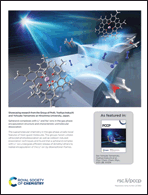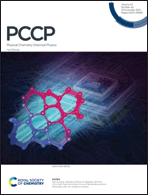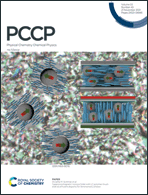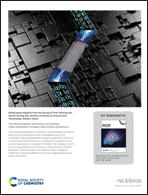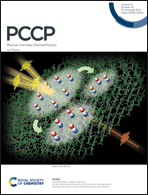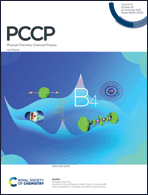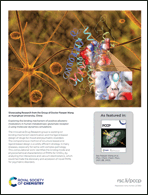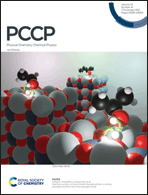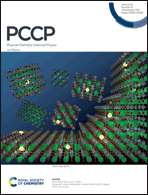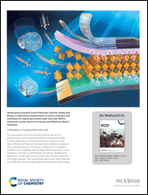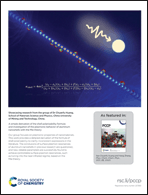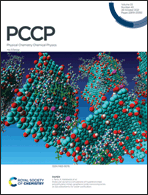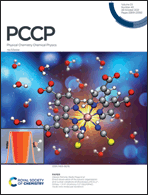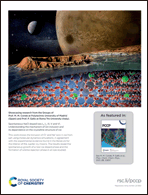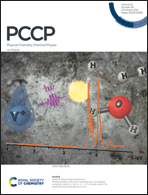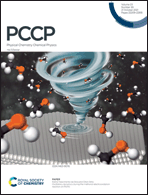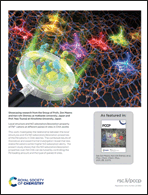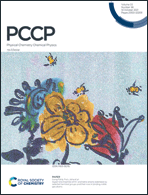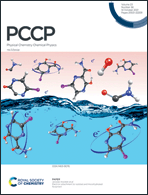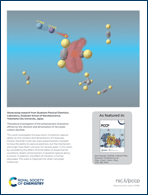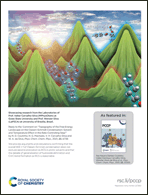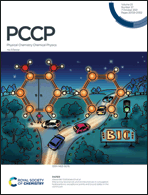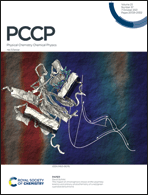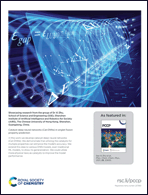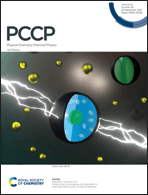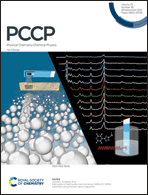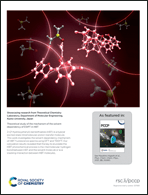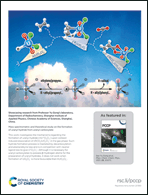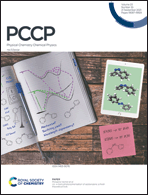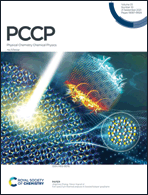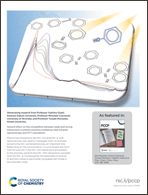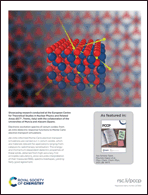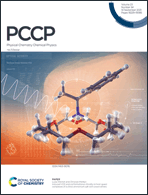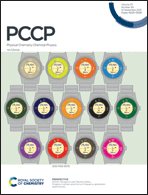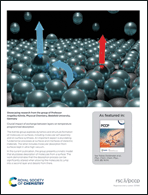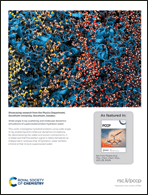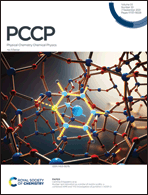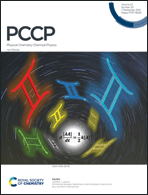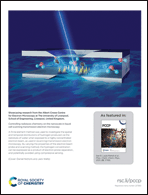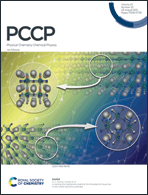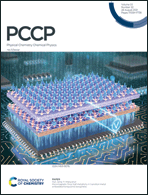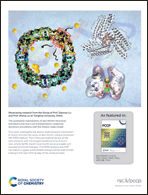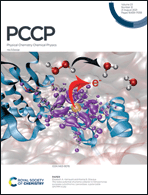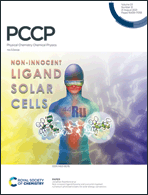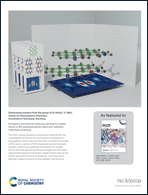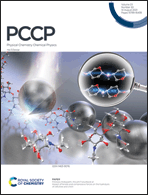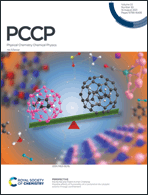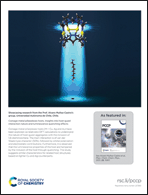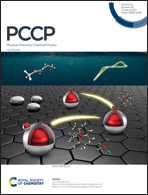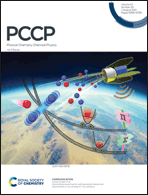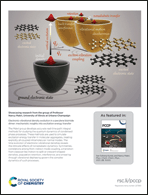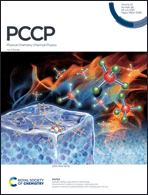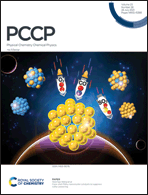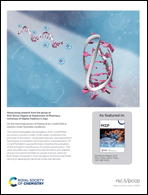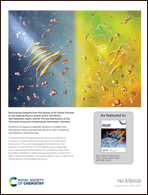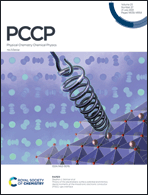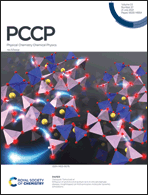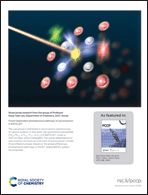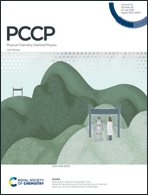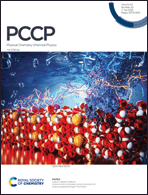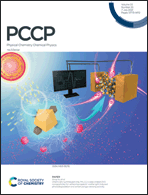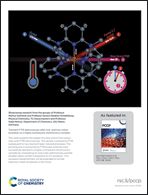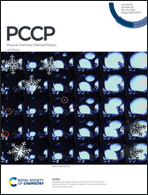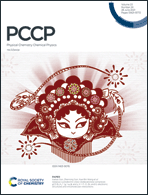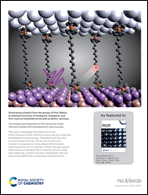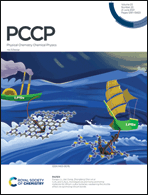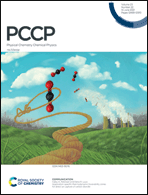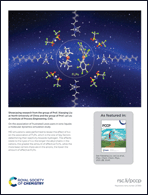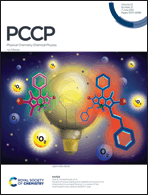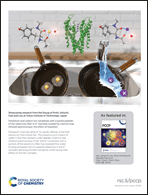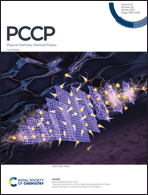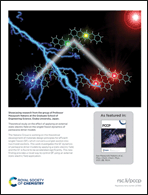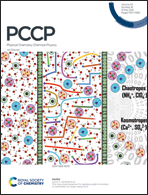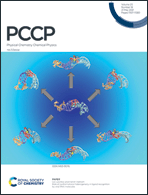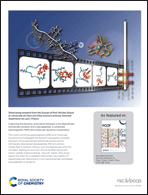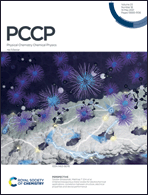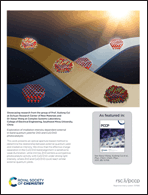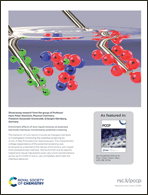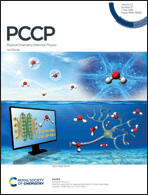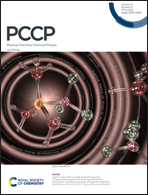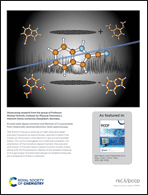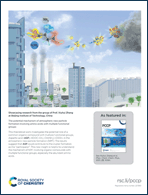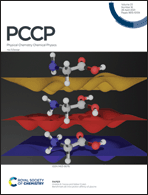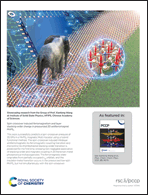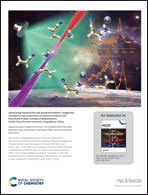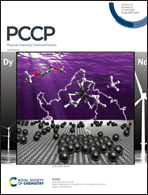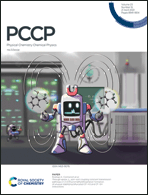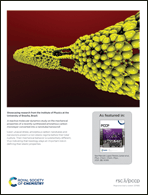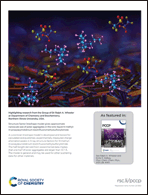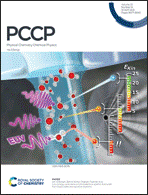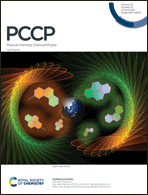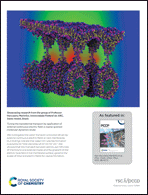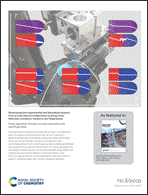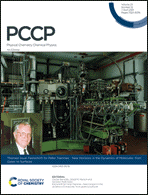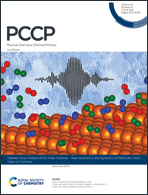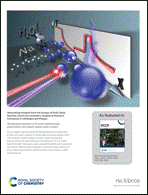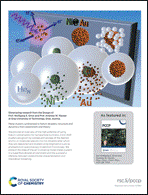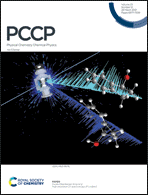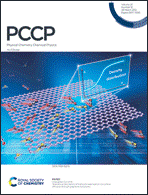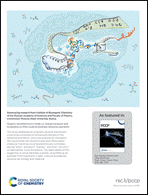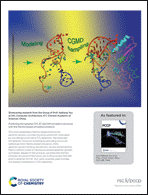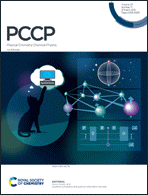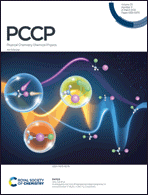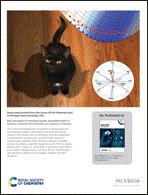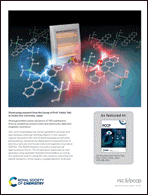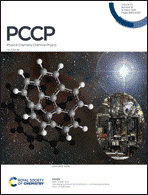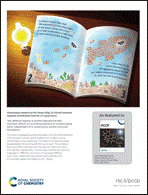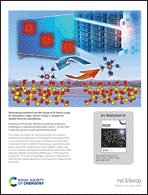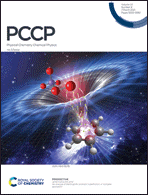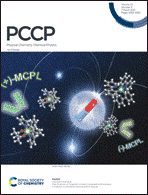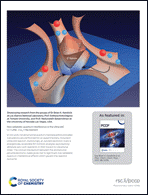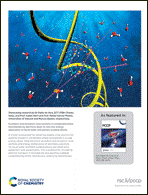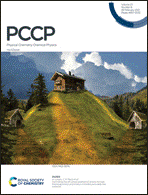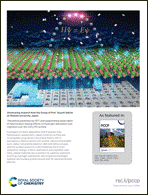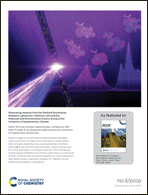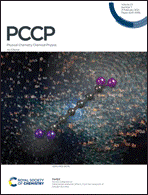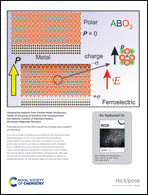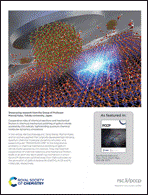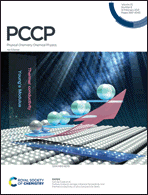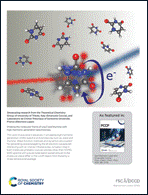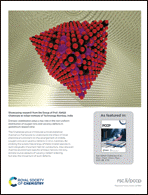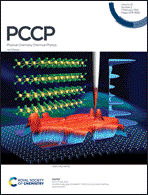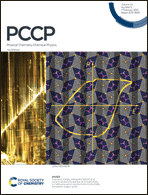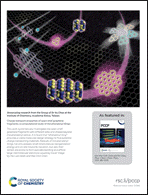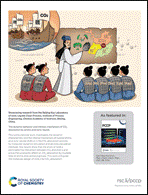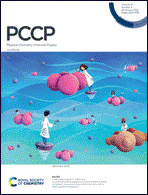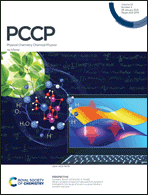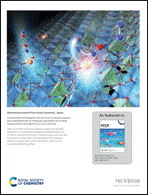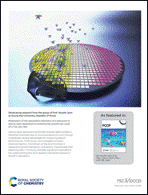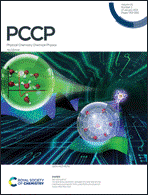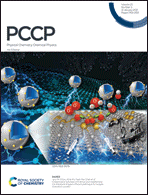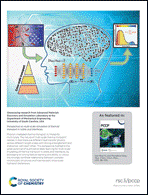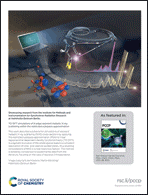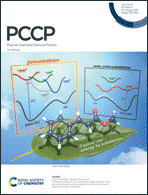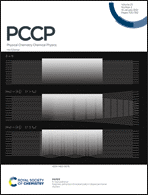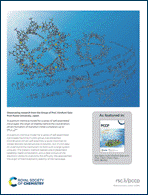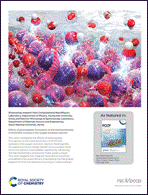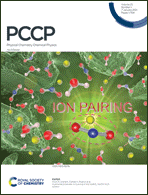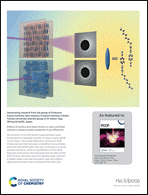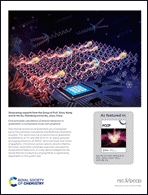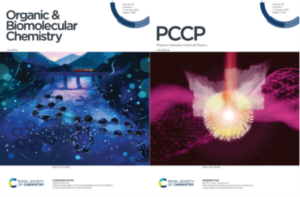We recently published our first Tutorial Review in PCCP, Lifting the lid on the potentiostat: a beginner’s guide to understanding electrochemical circuitry and practical operation. We’re excited to introduce this new review format for PCCP, which will appeal to younger researchers and established researchers seeking new fields to explore. Tutorial Reviews provide an essential introduction to a particular area of physical chemistry.
If you would like to write one, please email the PCCP Editorial Office at PCCP-RSC@rsc.org with an outline of your idea.
To celebrate our first Tutorial Review, we interviewed Julie MacPherson, the lead author on the article.
What inspired you to write this article?
Electrochemistry is enjoying a renaissance with the science at the heart of many energy conversion methods, as well as use in electrosynthesis and electroanalysis etc. The upshot is more and more people, from a variety of different disciplines are undertaking practical electrochemical experiments. At the heart of many measurements is the potentiostat. Back in the day it would have been common for PhD students to build their own potentiostat, and by doing this, would have forced the user to really understand how a potentiostat works and how the experiment should be set up to avoid pitfalls in experimental design and data interpretation. These days, unless the electrochemical experiment is more specialist purchasing a commercial potentiostat(s) for the research group is the normal, with instruments designed to be as easy as possible to operate. However this can mean that some of the more fundamental understanding is missing, and can be challenging to get to grips with especially for those that are coming into electrochemistry without a formal electronics training. Whilst in many electrochemistry text books, there is often a chapter near the end of the book outlining the electronic circuits in a potentiostat, the knowledge assumed is often beyond the beginning electrochemist. After many conversations with group members over the years and other academics, I really wanted to write an article which addressed this topic but started from a basic level and worked upwards.
How did you go about the writing process?
I assembled a team comprising Dr. Alex Colburn, an electronics expert in the Chemistry Department at Warwick, who has built many of the very low current instrumentation systems for the high resolution electrochemical imaging measurements Pat Unwin carries out, my colleague Dr. Danny O’Hare from Imperial College London, who himself has built many potentiostats and has also seen first-hand the issues that arise when people don’t understand how they work and my PhD student Katie Levey, who came into doing a PhD with limited electronics experience. Critical to the writing process were the undergraduate and PhD student focus groups (the names of the students involved appear in the acknowledgments) we set up from Warwick and Imperial. We met with them regularly to discuss whether the text was understandable for a beginner’s point of view, to highlight the issues they had experienced working with potentiostats and the questions they would want answering.
Who is it aimed at?
Masters and PhD students undertaking electrochemical research especially those with only basic electronics experience, but in general anyone who just wants to understand how their potentiostat actually works. This includes those working with electrochemical systems in industry. It is (hopefully!) a useful article as well for anyone teaching electrochemistry and is open access. The article also offers lots of practical tips for people who have run into issues with their electrochemical experiment and for those interested in how to reduce noise in the electrochemical experiment. There is also lots of useful practical information, especially on noise troubleshooting, in the supporting information.
What are the main points that you would like readers to take away from your review?
The first and foremost is the reader feels they better understand how a potentiostat works and it has both challenged them to think more about how they set up experimental electrochemistry experiments and how to trouble shoot problems. We also want it to give people more confidence in their understanding.
What is your lab currently working on?
My group is mainly focused on applications of boron doped diamond as an electrode material, this ranges from designing more robust and long-lasting sensors, using electrochemistry as a means of fabrication of useful metallic and metal oxide nanostructures, to working with corrosion free carbon catalyst supports for electrocatalysis. However, I also have a keen interest in chemical education and I am involved with a new series of Chemistry text books (Chemistry Study Guides), which just launched in October 2020 by the RSC aimed at undergraduates but written by academics in partnership with undergraduate students.
Do you have any thoughts about the future direction of the field?
There are more papers coming out now where people are providing methods for DIY potentiostats, which are aimed at low cost, portable, wireless operation via e.g. a smart phone. We hope the paper will encourage experimenters to have a go at building their own instrumentation and equip them with the tools to know where the potential pitfalls might be.
Thanks for an interesting insight into the field, Julie, and congratulations on your publication!
You can read the article, free to access, here.
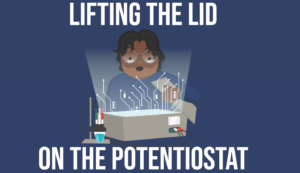
Comments Off on Celebrating our first Tutorial Review: an interview with Julie MacPherson



